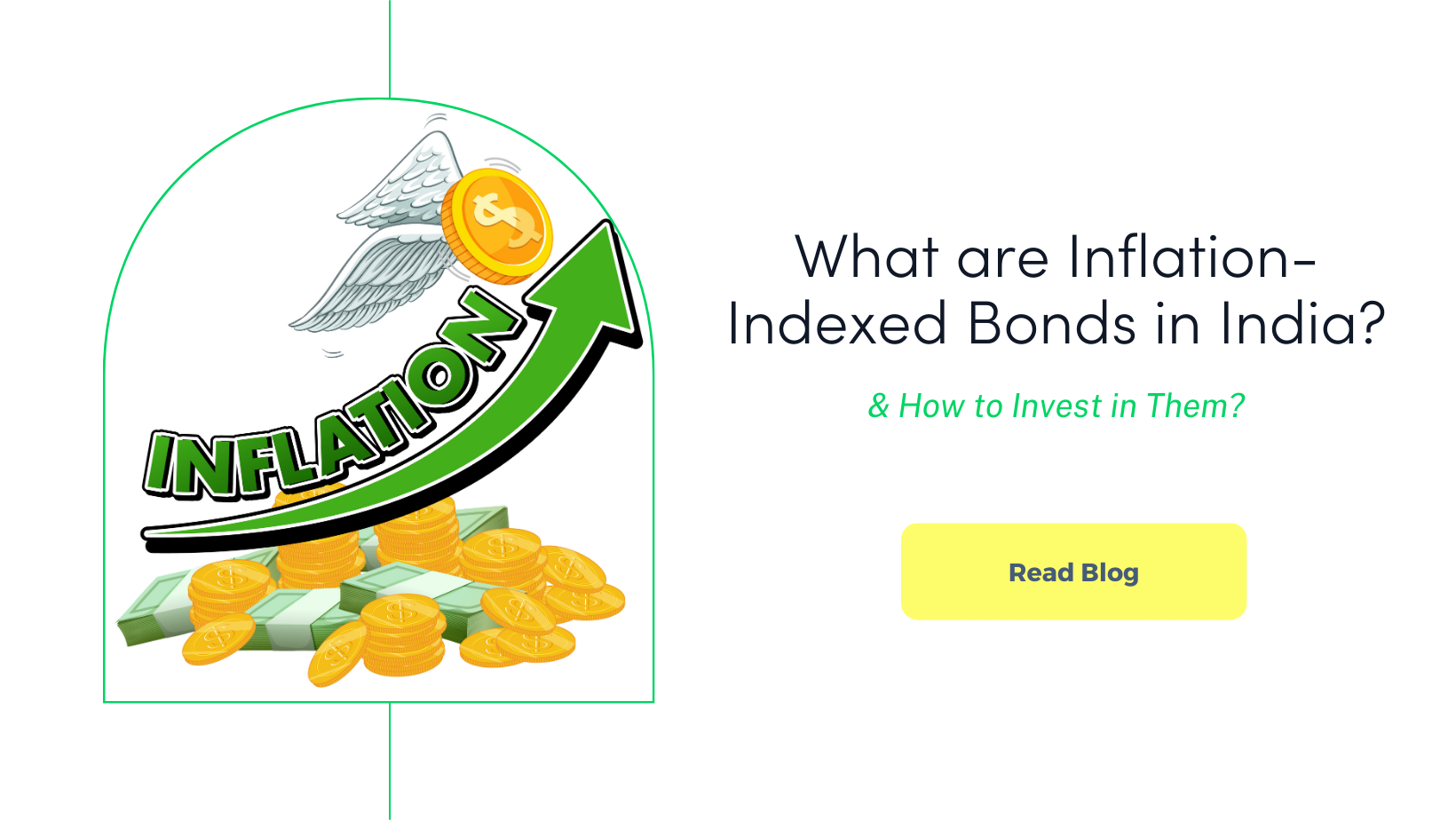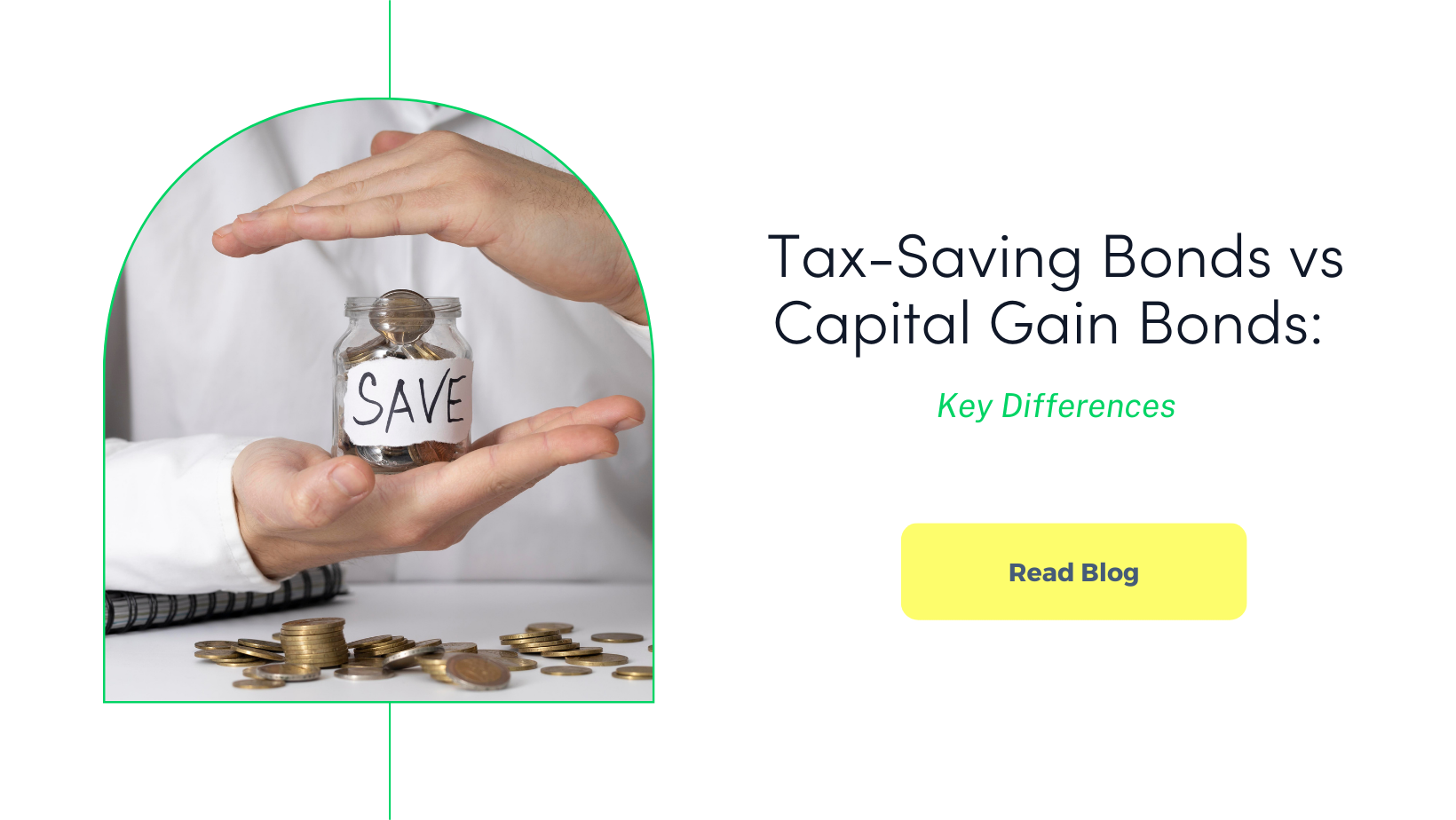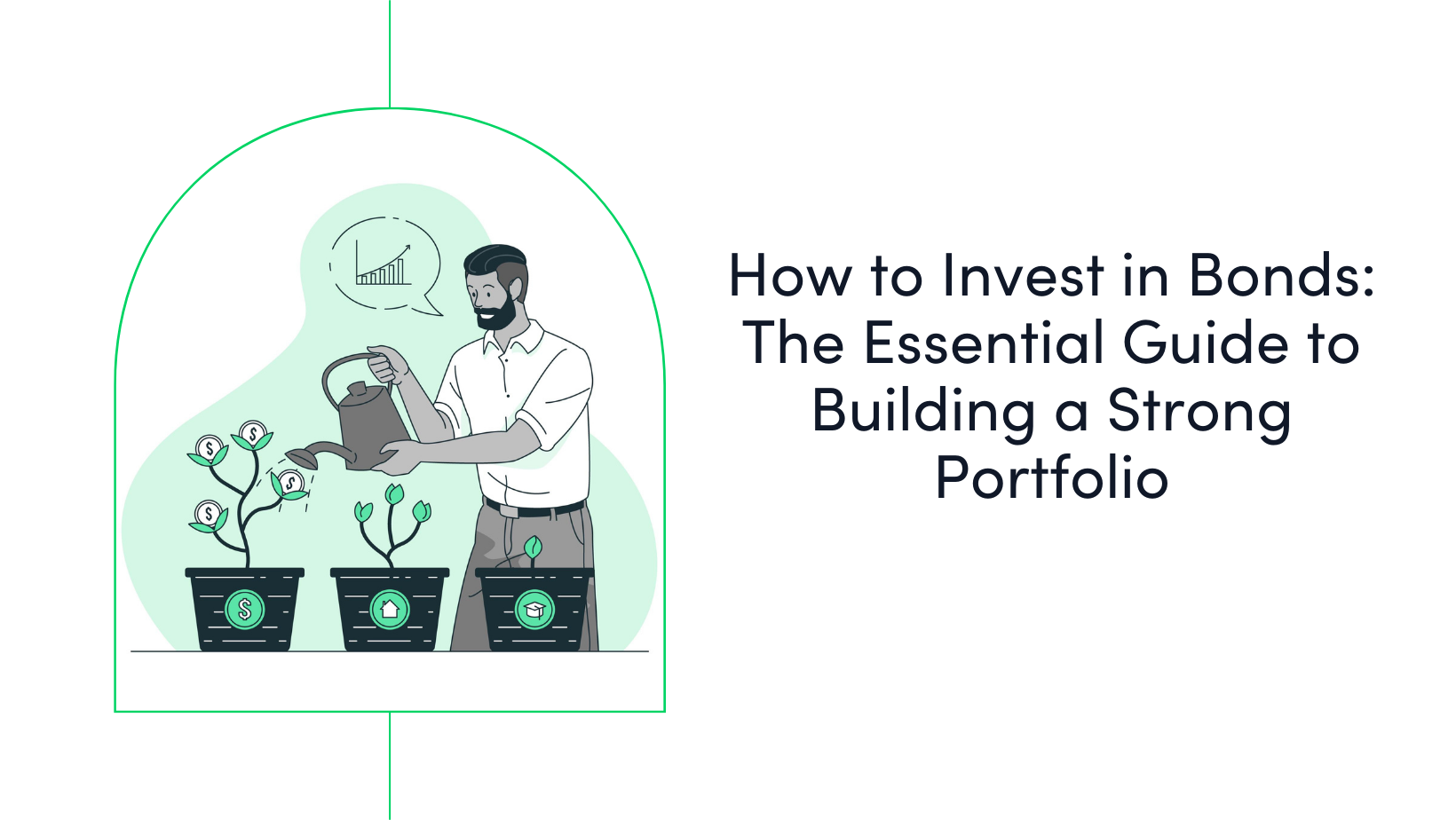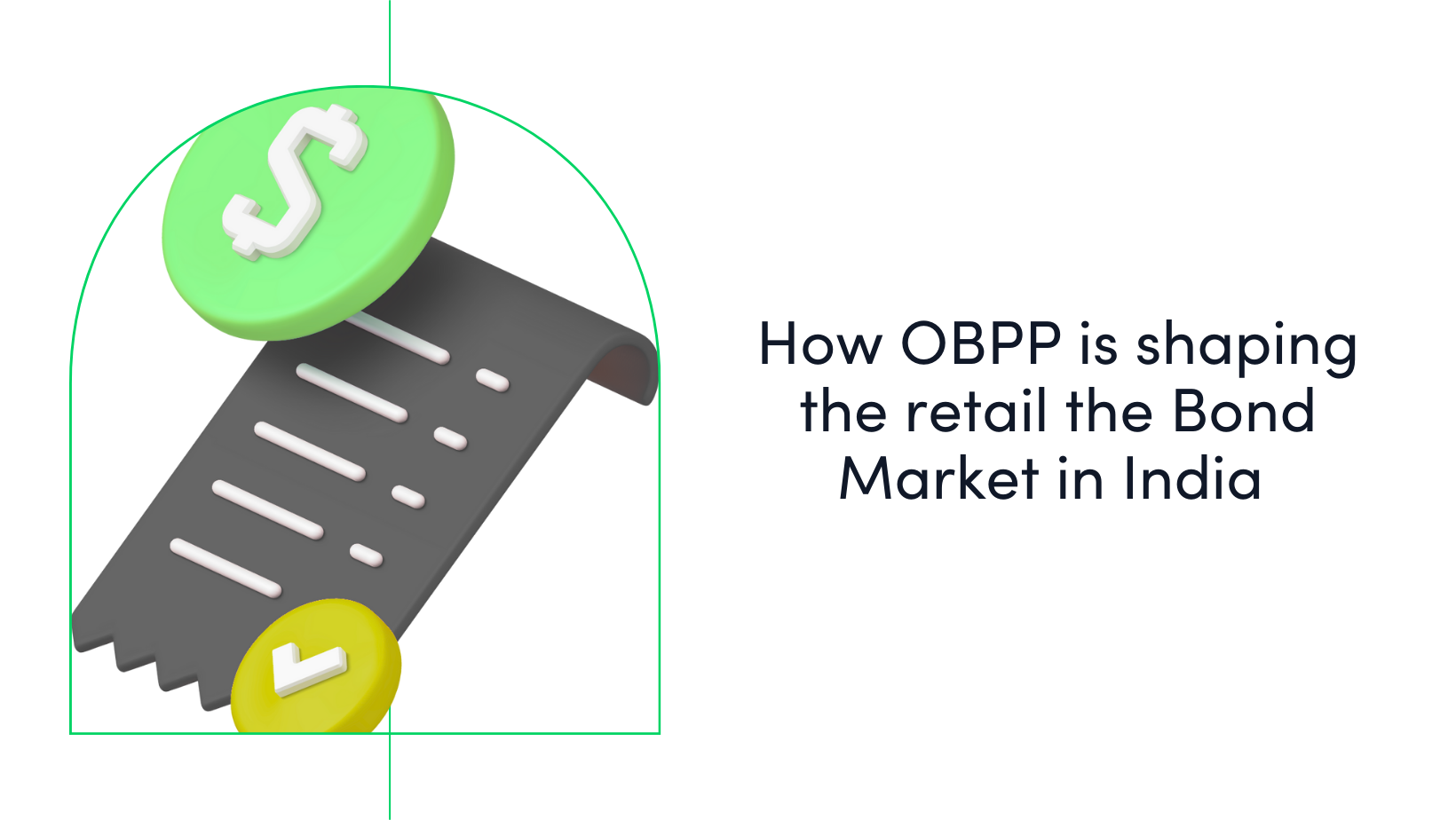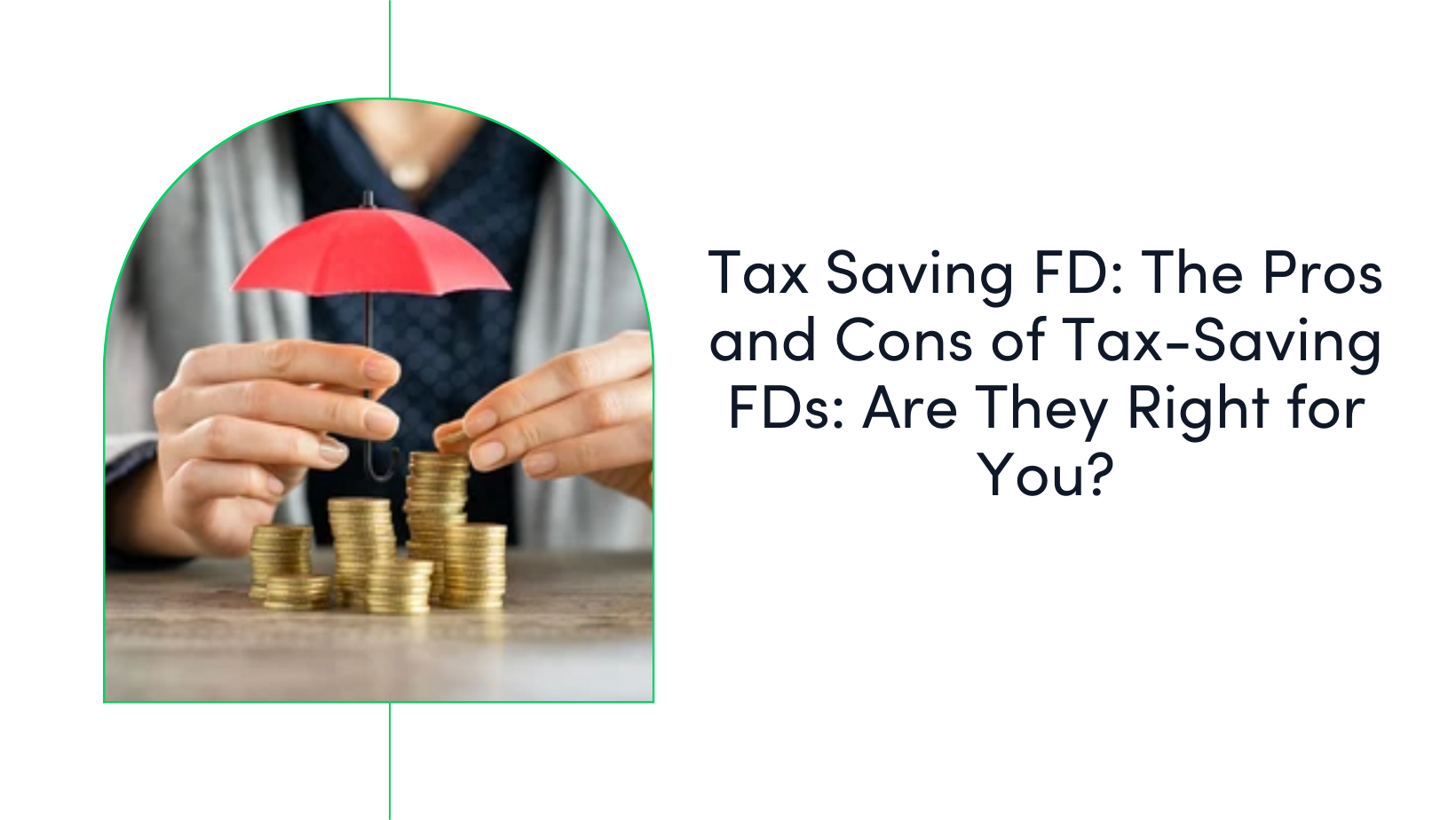Earn 9%–15% on Senior Secured Bonds.
Lower risk. Fixed returns. Start investing on Aspero with just ₹10,000.
Explore Bonds

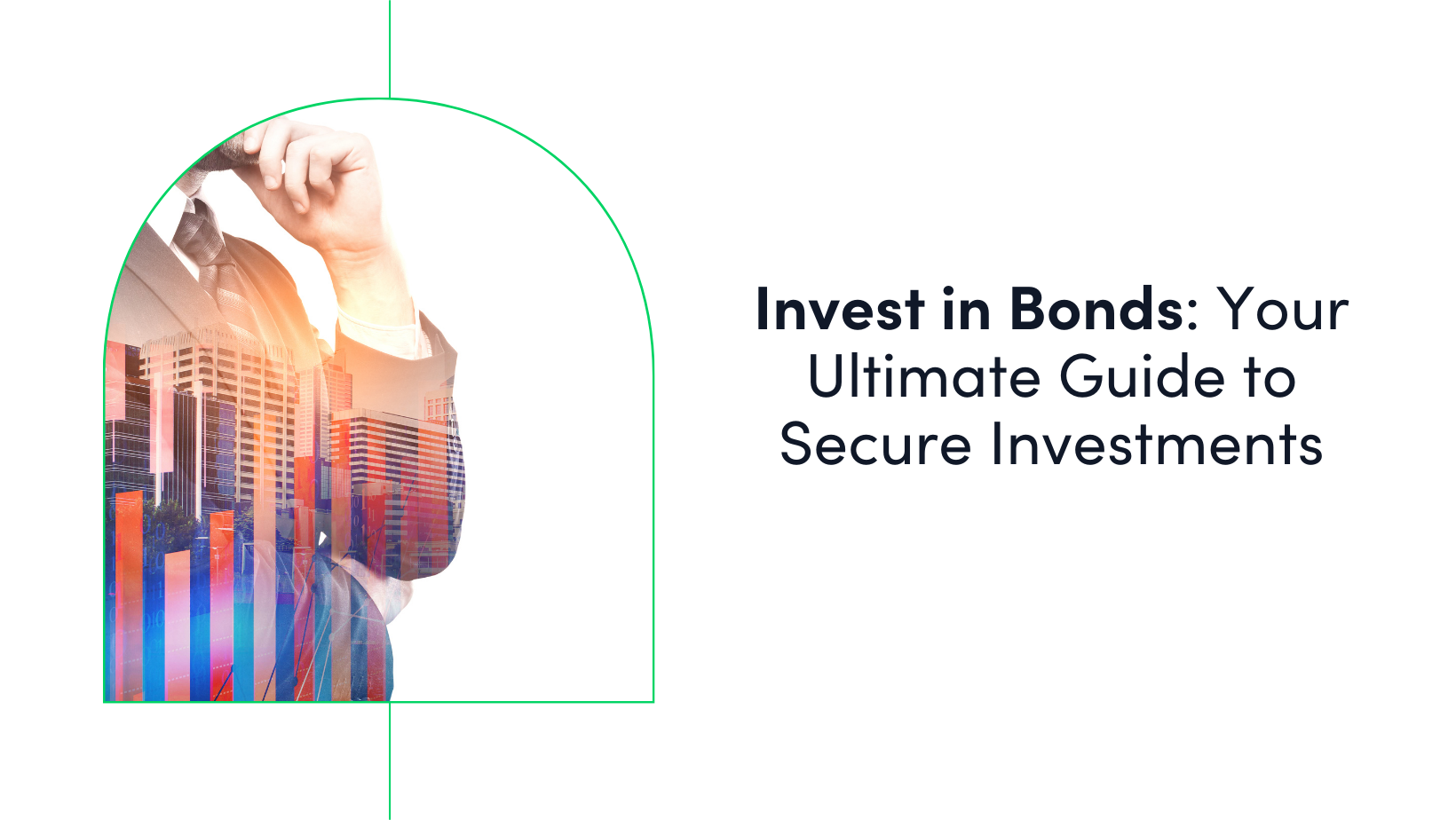
How to Invest in Bonds
Looking to invest in tax saving instruments that diversify the portfolio and mitigate risks of a stock investment like volatility? Then you may want to invest in bonds.
Bonds are debt instruments or a financial instrument used for raising funds, issued by governments, municipality bodies, public sector, and private corporations where investors lend their funds at a periodic interest. Before purchasing, one must research details of the bond options available to the investors in India, its benefits, what are the ways to invest, and the credibility of the issuer to make an informed decision on the purchase of bonds issued by various agencies to meet financial goals.
Different Types of bonds available
To invest in bonds, you must first find out about the types of bonds available in the market:
- Government Bonds are low risk and lower yield bonds issued by national government bodies in India.
- Municipal Bonds are government bonds that are issued by municipalities and local self governments in India to attract investment for financing public projects and infrastructure.
- Corporate Bonds can be both high and low risk bonds and are one of types of bonds in India which private firms issue for their expansion and acquisition plans. These may be issued by both finance and the non finance limited too.
- Treasury Bonds that are bonds are issued by the Treasury Department of USA and are low risk.
- High Yield Bonds are also known as junk bonds and are high-risk/high-interest bonds.
- Bonds in India require a Demat Account for holding the securities electronically. Brokers play a crucial role in facilitating the purchase and sale of these bonds. Before investing, consider the different types of bonds available for a buyer and the specific processes involved in the Indian market.

What are secure bonds and how to invest in bonds
Steps involved in bonds investment
If you’re looking to invest in bonds, you may wish to keep the following things in mind:
- Define investment objectives: One must evaluate the amount of capital funds available for a purchase, the financial goals, and risks associated in the context of the Indian market and effectively plan the portfolio based on the learnings and include bonds depending on fixed income.
- Research on Current Bond Options: Gather all information on different types of bonds like corporate bonds, treasury bonds etc, available at reliable credit rating agencies website along with the steps of bond investment to make an informed decision that is in sync with one’s fixed income and the financial goals.
- Study about Bond Ratings: One must learn about investments such as looking up the ratings for all debt instruments, then evaluating the fixed income and knowing about credit creditworthiness of the issuer before making a corporate bonds purchase decision.
- Choose a Brokerage Account: Open a brokerage account on a user-friendly platform such as Aspero that offers a variety of exclusive bonds with a steady fixed income in the form of interests to choose from and earn predictable returns.
- Check Bond Offers: Revisit the platform often to know about available offers on debt instruments or bonds and their interest rates that act as a fixed income and maturity dates and plan your investment accordingly.
Who Can Invest in Bonds?
Various investors as seen below choose to invest in bonds for multiple benefits.
- Individual or retail Investors: Private individuals invest in tax saving bonds.
- Large Scale Institute Investors
- Pension Funds: Entities that manage retirement funds prefer the bond as investment to generate stable fixed income streams and meet future pension obligations
- Insurance Companies: With the bond, insurance companies committed to the plan of meeting their financial obligations to the policyholders.
- Banks: Banks make use of corporate bonds to raise the capital and add to the sustainable periodic fixed income for the investor and assure the return of the face value of bonds with your investment
- Corporate Investors: Most companies prefer to invest in bonds, diversify your investment and manage the cash reserves for future use
- Government Entities: Municipalities: Local governments invest in bonds and provide for public projects and infrastructure
- Foreign Investors: Most foreign investors purchase the bond to diversify their investments and earn stable and periodic returns as the fixed income in different markets.
Advantages of Bonds Investment
- Reliable Source of Income: The bond is considered to offer regular interest payments at certain intervals, providing the desired fixed source of income. The obligation of a bond is that the issuer provides these payments and ensures a predictable return.
- Possibility of diversification – You can reduce the risks of volatility like it is present in the stocks with the inclusion of bonds in the portfolio. Bonds as a means of investment suggest predictable returns and complement the volatility of stocks.
- Capital funds preservation: If one is looking for investments that are less reactive to market fluctuations and help retain or to raise the fixed capital funds, then you may invest in bonds by adding securities in your portfolio that are issued by the government bodies.
- Predictable income: Bonds from finance limited firms like zero coupon bonds and tax free bonds have the fixed maturity date and give a surety to an investor on future cash flows to raise the capital.
Strategies to Invest in Bonds
- Laddering: At the time of investments, make bonds investments of different maturity dates to manage coupon rate risk of bonds issued by different agencies and to raise the regular income.
- Barbell Strategy: It is ideal that investments be both short-term and long-term like bonds as an addition in the portfolio. It is suggested that one can choose to reinvest the short-term bonds and avail the benefits like coupon rate of bonds and other investment options like tax free bonds that are long term.
- Diversification: Mitigate risks such as in stocks by investing in different types of bonds.
- Active Bond Trading: Capitalize on price movements of the bond and changes in interests by trading bonds for it is a safe investment.
Read more about how to invest in bonds here
Other aspects when investing in bonds
- Yield Curves: A yield curve demonstrates the interest rates on the bonds along with credit quality and maturity dates. The direction of yield curve slopes speaks on the bonds if they generate a higher or lower yield. An upward sloping curve tells us about the higher yield of bonds and the downward curving slope indicates lower yield of the bonds.
- Using Bond Funds and ETFs: Investing in bonds and mutual funds or exchange-traded funds (ETFs) is the way to avoid being overwhelmed with thoughts of the plan to invest in a bond.
- Tax-Advantaged Accounts: Learning about tax benefits of the different available bonds with interest rates to invest in advantageous accounts is an approach for deferring the taxes on interest income.
- Reinvestment Risk: What one often must look for is the need to reinvest bonds proceeds at a lower interest rate.
- Interest Rate Risk: The price of corporate bonds are inversely related to the interest rates which indicates where there is a rise in interests, there is a fall of bond prices and viceversa helping one with suggestions on investing in bonds that give best return.
- Credit Risk: Bonds with a certain risk of default on coupon rate and interest payments of bonds and also in returning the principal at maturity date.
- Inflation Risk: At the time of inflation, interest payments of bonds are the ones to go down.
- Liquidity Risk: Few bonds are harder to sell before maturity and there often is a loss of good coupon rate of bond.
Reasons of monitoring the bonds investment
Investors must review the bond investments on a regular basis to check what is the return on investments of the bond and if it is in line with their financial goals. When you invest in bonds, you must look at
- Interest Rate Trends of bond that can affect the cop value of the debt instruments.
- Credit Ratings should be inspected at regular intervals for any downgrades that could significantly affect the value with a risk for investors.
- Market Conditions credit rating and economic indicators must be constantly checked to avoid any impact while you invest in bonds.
Purchasing bonds is considered as an excellent strategic approach to portfolio diversification and is a way to gain predictable returns. Before planning your investment, one must define their financial goals and evaluate what is the bond issuer’s financial stability.
Whatever be the purpose, when one is looking to make investments in bonds, to invest in bonds online, one must continuously monitor the market conditions, inflation, and coupon rate trends to stay in line with the financial goals. For more guidance on how to invest in bonds and investing in a bond that is based on the financial goals, explore Aspero and get the desired information that will help you with your investments. For any other queries on how to invest in bonds via Aspero, refer to our FAQs

